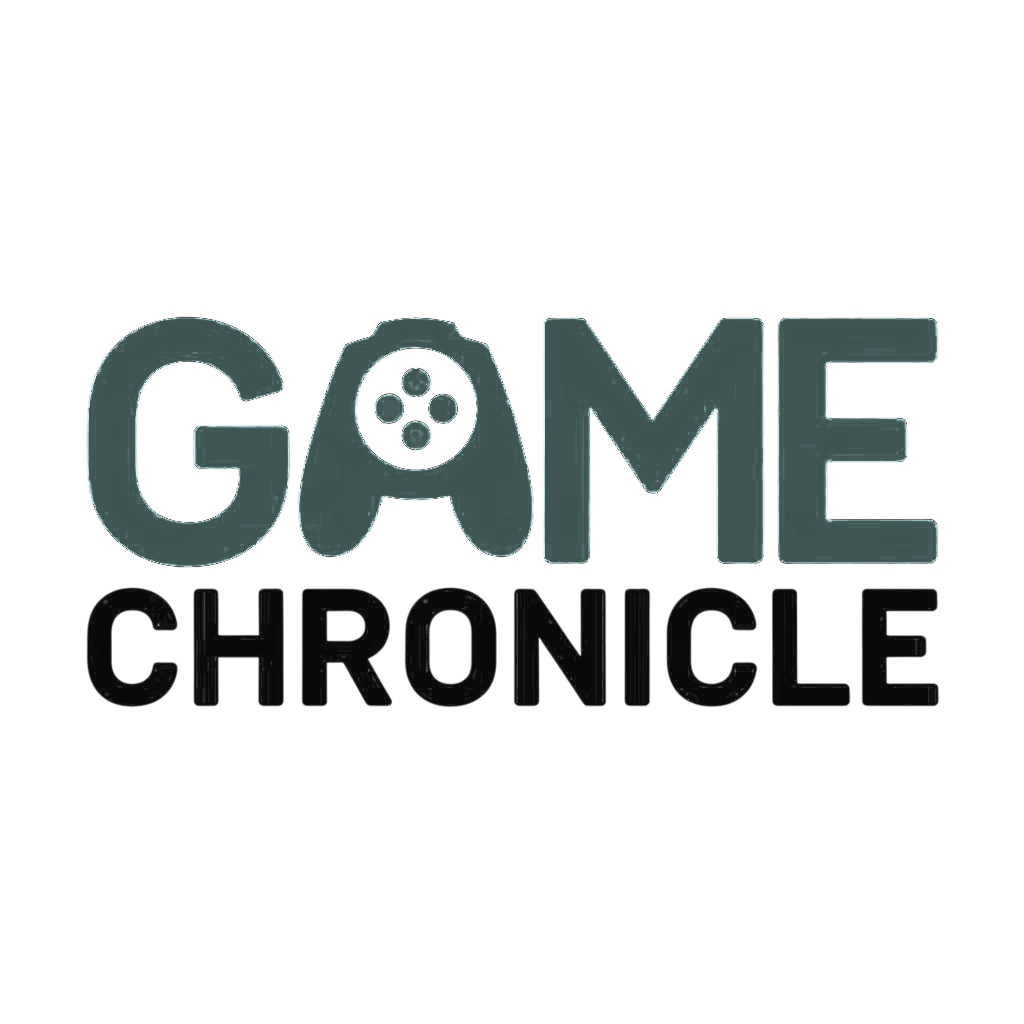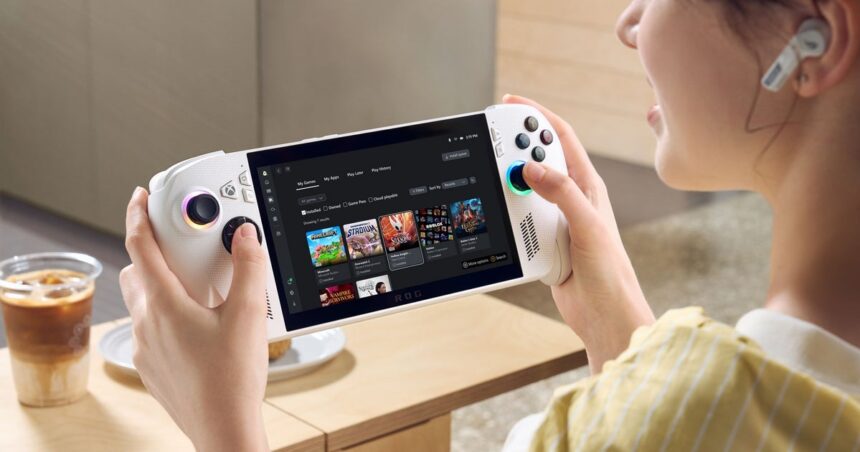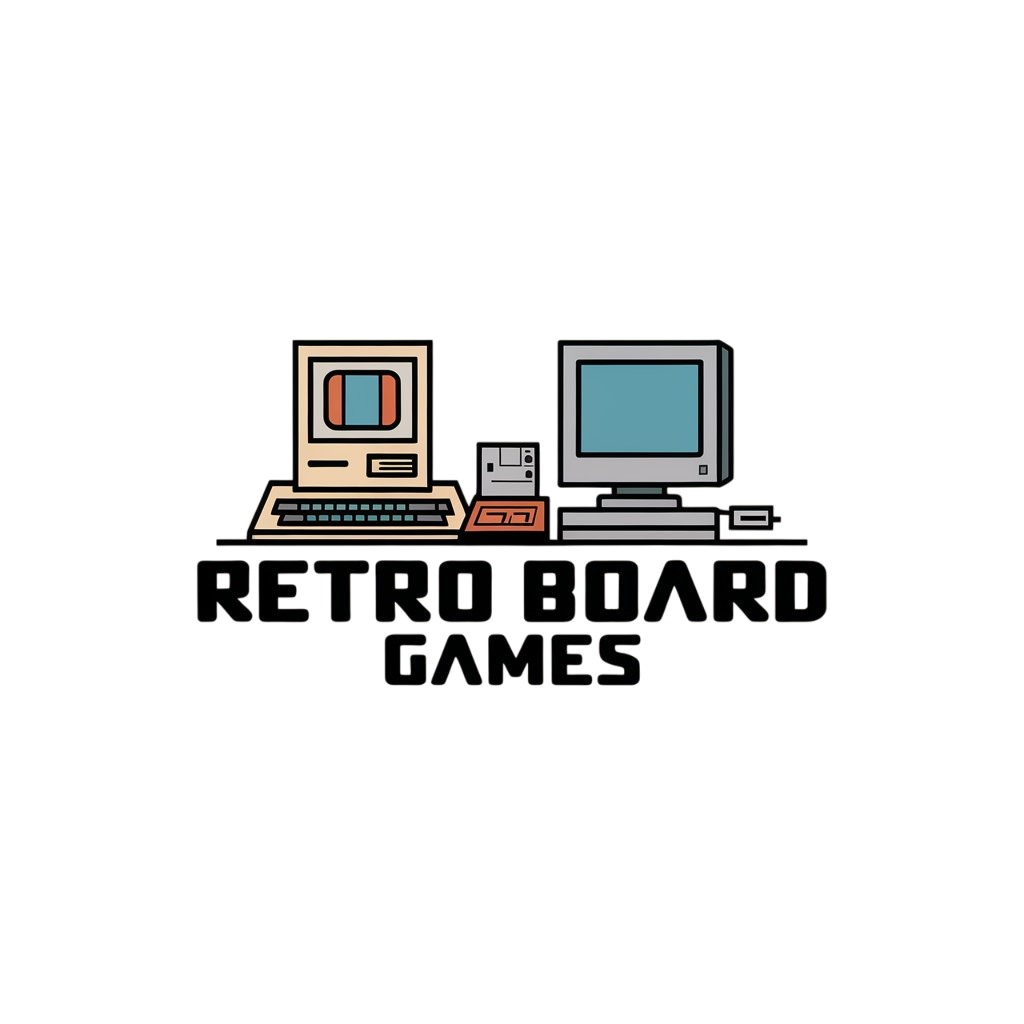Microsoft has revealed its first Xbox co-branded handhelds, the ROG Xbox Ally and Ally X, both collaborations with Asus. They will launch in the holiday period of 2025, with pricing information not yet revealed.
The Xbox Ally is being pitched as a “great value” generalist device, while the Xbox Ally X is described as an “ultimate high-performance” handheld for more demanding players, not dissimilar to how Asus’ existing ROG Ally and Ally X handhelds are pitched. Both use AMD processors.
These Windows 11-enabled handhelds feature Xbox-branded buttons, a gaming-focused interface, and an aggregated library feature that brings players’ software together from across different PC storefronts, as well as the subscription library of Xbox Game Pass.
On top of playing PC games natively, the two handhelds can stream players’ console libraries using Xbox Cloud Gaming and Remote Play.
The interface will be familiar to anyone who’s owned an Xbox console in the past decade or so. The ‘Xbox full screen experience’ apparently optimises the Ally and Ally X specifically for gameplay functionality. Non-essential tasks are deferred by the device, dedicating more resources to playing games, according to Microsoft.
The contoured grips of the console were apparently designed with the principles behind Xbox’s wireless controllers in mind. Accessibility features from Xbox and Windows will be carried over to the handhelds. Xbox Play Anywhere – where a single game purchase functions across PC, console, and cloud gaming – extends to these devices too.
Each handheld has a dedicated Xbox button to bring up the Game Bar and switch instantly between apps and games.
Launch territories for the Xbox Ally and Ally X are Australia, Belgium, Canada, Denmark, Finland, France, Germany, Ireland, Italy, Japan, Korea, Mexico, the Netherlands, New Zealand, Norway, Poland, Portugal, Saudi Arabia, Singapore, Spain, Sweden, Switzerland, Thailand, Turkey, the United Arab Emirates, the United Kingdom, and the United States.
Xbox says other territories where ROG Ally products are currently available will follow.
So: what is Microsoft’s strategy here?
The Windows factor

The ROG Xbox Ally and Ally X further Microsoft’s objective for players’ game libraries to come with them no matter which device they’re using. For players with both a PC and Xbox console, the way save data is synced seamlessly by the platform is something to behold. A handheld device enables Xbox to extend that ecosystem one step further, which will be most welcome to some players.
But the battle here is potentially a much larger one, and this is where the Windows 11 element of the new handhelds comes into play.
Windows is talked up by Microsoft as a major plus in the announcement, with the careful wording of “you have access to games you can’t get elsewhere, so you can enjoy the full freedom and versatility of PC gaming” feeling like it has Valve firmly in its sights.
The Steam Deck – which kicked off the wave of PC handhelds from various hardware manufacturers – plays games via the Linux-based SteamOS, and while it’s excellent at running games directly from the Steam library, it’s not particularly flexible when it comes to installing games from other storefronts. It’s also only available to buy from Steam itself.
Microsoft clearly identifies an opportunity here to offer a more wide-ranging device to PC players, while courting its existing console audience with the Xbox branding.
Superficially, Microsoft and Asus have made two new versions of the ROG Ally with an Xbox button on them. But the opportunity here for Xbox is in positioning: the gulf between more specialist PC handhelds (the Steam Deck has sold around 4 million units, according to analysts) and Nintendo’s mass market Switch (150 million sold) is enormous.
The PC gaming handheld space is still relatively new, after all. Having two devices, too, nicely mirrors Microsoft’s own strategy with the Xbox Series S and X, and isn’t something Nintendo or Sony have tried before with their handheld launches.
Ampere Analysis’ Piers Harding-Rolls shared his thoughts on Microsoft’s approach on LinkedIn. “This partnership shows Microsoft’s increasing commitment to the PC gaming market, and its intent to protect and expand the role of Windows as the dominant gaming platform,” he said.
“A lot of Microsoft’s recent work in Game Pass has been more directly focused on the PC gaming space, as it believes this is where there is a substantial opportunity to grow its audience reach compared to console.”
Harding-Rolls believes that teaming up with Asus has allowed Xbox to leverage the company’s trust with PC gamers, accelerate its entry into the market, deepen the integration with Windows and Xbox services, and counter the growing influence of Valve’s handhelds.
According to Harding-Rolls, Windows PC handhelds sold 1.2 million units in 2024.
The key thing, of course, will be price. The cheapest model of Steam Deck retails for $399. Asus has not made a handheld that cheap, with the original ROG Ally launching at $600 before dropping in price.
Priced reasonably, Xbox could court both its existing console players and PC players enticed by the idea of a gaming-specific Windows experience. But we’re in a landscape where home console prices have been going up, not down. And given its specs and capabilities, per IGN’s hands-on, the Xbox Ally X simply will not be cheap.
Still, the handheld market is in a more interesting state than it’s been in years. While PS5 has firmly won out over Xbox on the home console front, Microsoft has picked a different battle where it has the potential to make some meaningful wins in expanding the footprint of PC gaming.






